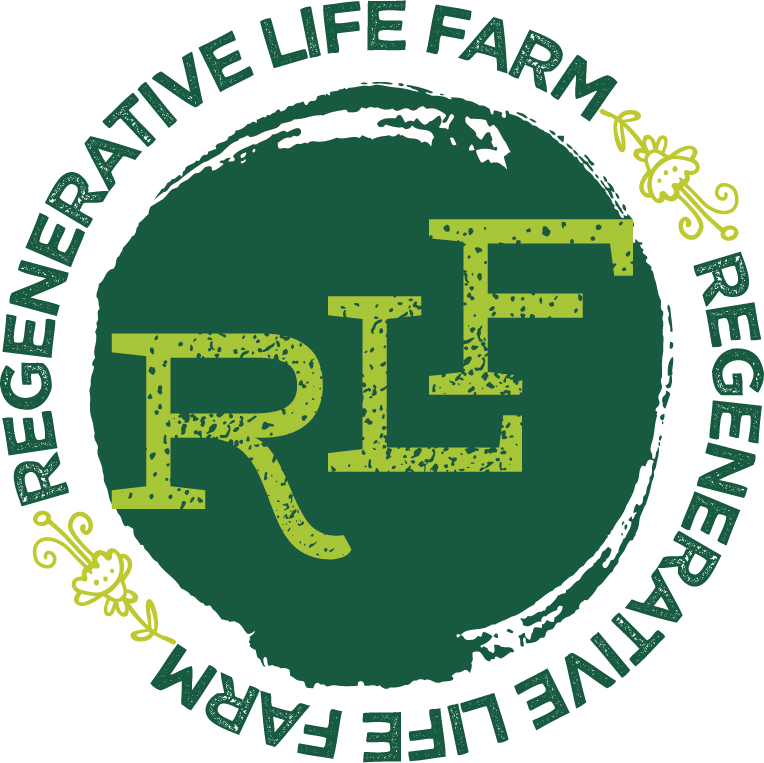Compost Happens
This appeared in the Jaunary 21, 2021 edition of The Fish Wrap.
If you ask RLF a question about what compost to put on your garden, find a comfortable chair because we could talk about compost all day! People since the ancient Romans have been piling up organic material and letting it rot into a pile of black ‘stuff.’ But there’s a lot more to it. What’s the process that produces a quality compost? What materials are the right recipe?
Hot compost goes through three stages. It starts with the Mesophilic stage where microorganisms start decomposing, heating the pile to 104 degrees when the second stage, Thermophilic, begins. You want to maintain the temperature between 104 and 150 degrees by turning the pile. At 155 degrees, the pile becomes anaerobic and bad microbes thrive. After several days in the Thermophilic stage, it will cool down and enter the Maturation stage. You’ll know it’s mature by smell and feel and because you’ll no longer recognize the components that went into it.
There are lots of opinions about what to put in your compost: plants, manure, spoiled grain, etc. It’s all about a carbon (straw, leaves) to nitrogen (grass, manure, food scraps) ratio of somewhere between 25-30:1. To get a consistent, healthy product, the ingredients need to be ground up roughly the same size.
Depending on the ratio of material used, the process can produce a compost with a high microbial biomass and the right ratio of fungi to bacteria for what you hope to grow in it. Either can be increased depending on what you feed your compost. Shrubs and perennials prefer higher fungi ratios while your veggies prefer something closer to 1:1. In search for quality compost, we are testing for microbial biomass and nutrient density. You’ll find us in our lab coats beside a pile of sweet, rich compost!
